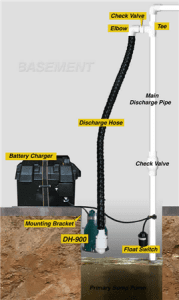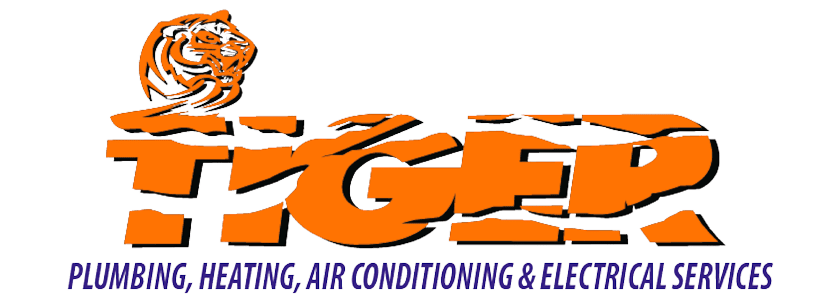It’s been a very wet couple of days, how’s your sump pump holding up? If you are like a lot of people in the area, you are about to find yourself standing knee-deep in dirty rainwater. Basement flooding is an expensive and stressful side effect from all this rain we’ve been getting. This is especially true if you have a finished basement since mold can flourish in wet insulation.
The key to avoiding all of the havoc and high cost, which accompanies the hassle of a flooded basement, is to make sure your sump pump is prepared to keep up. Your poor sump pump has been working overtime and it’s time you gave it a little TLC. Most basement floods are the result of a sump pump that failed or just couldn’t handle the amount of water it was meant to pump out. Just because your sump pump hasn’t failed you so far, doesn’t mean you’re not in for a huge, messy surprise.
You can help prevent a basement flood from happening to you this summer by following the four simple steps on this checklist, meant to keep your sump pump from giving up on you:
Sump Pump Checklist
- Screen: All sump pumps have a screen that allows water to flow through. When this screen becomes clogged, water will no longer flow through. If the water can’t flow through the screen fast enough, it will back up and overflow, causing a flood. Checking to make sure your sump pump screen is not becoming clogged will ensure that water can continue to flow freely.
- Switch: The switch on your sump pump could be damaged or become stuck. If this happens, the switch may fail or function improperly, causing flooding issues. Checking your switch on a regular basis will clear away any debris that may become stuck to the switch and cause it to be damaged. Make sure that the switch is not being shoved against the side of the basin, helping to ensure it doesn’t become stuck.
 Circuit Breaker: If the circuit breaker your sump pump is connected to trips during a rain storm, your basement could flood very quickly. Prevent this from happening by making sure that your sump pump is connected to its own breaker. Don’t overload the circuit breaker with other large appliances and make sure you ground your circuit breaker with a fault interrupter.
Circuit Breaker: If the circuit breaker your sump pump is connected to trips during a rain storm, your basement could flood very quickly. Prevent this from happening by making sure that your sump pump is connected to its own breaker. Don’t overload the circuit breaker with other large appliances and make sure you ground your circuit breaker with a fault interrupter.- Sump Pit: If the pump impeller or the discharge tube in the sump pit becomes clogged, major flooding can occur. While checking the screen, check the sump pit for mud or debris, which might cause a clog.
Still Need Help?
Taking the time to check these four items off of your sump pump checklist will really save you a lot of time and money down the road. If you’ve completed this checklist and you’re still concerned about the state of your sump pump, you may consider adding a backup. Do you have a sump pump that runs regularly or is the potential for large amounts of rain to fall in your area? Installing a backup will help keep your basement dry.
If you need help to keep your plumbing in working order, we can work with you to prevent any issues from happening. Give us a call at (877) 552-2326 or Schedule A Service with one of our plumbers!

Financing
Options
Winning Team





















